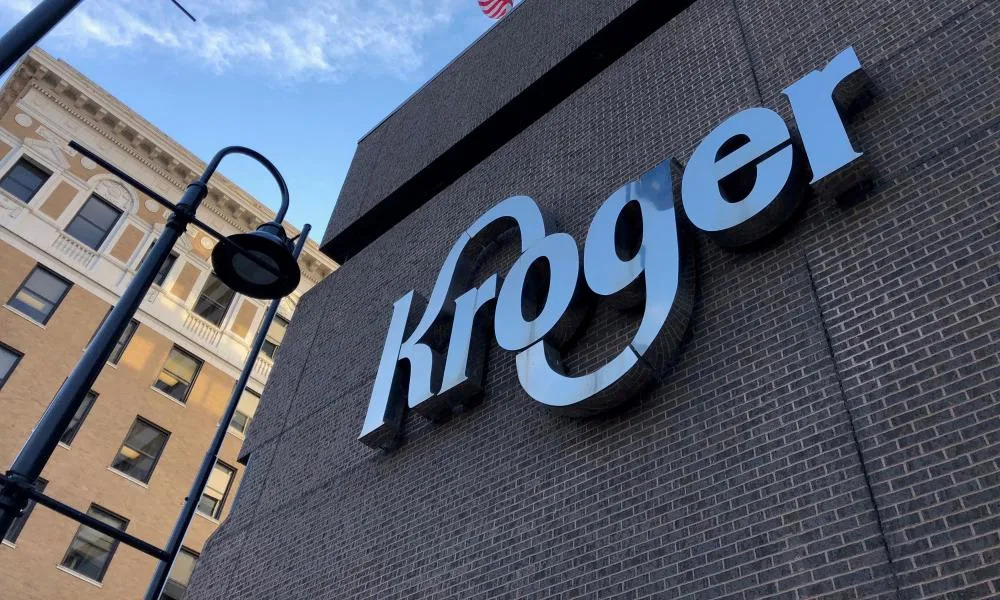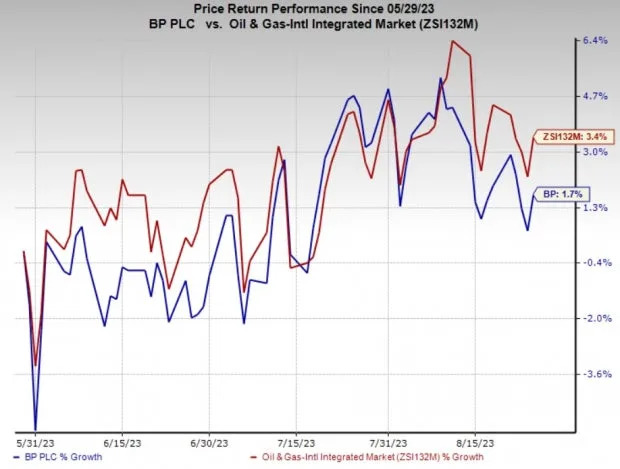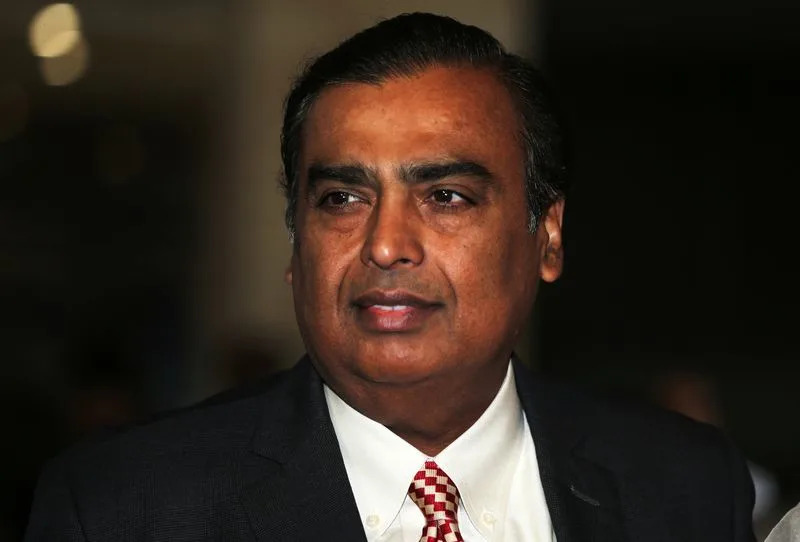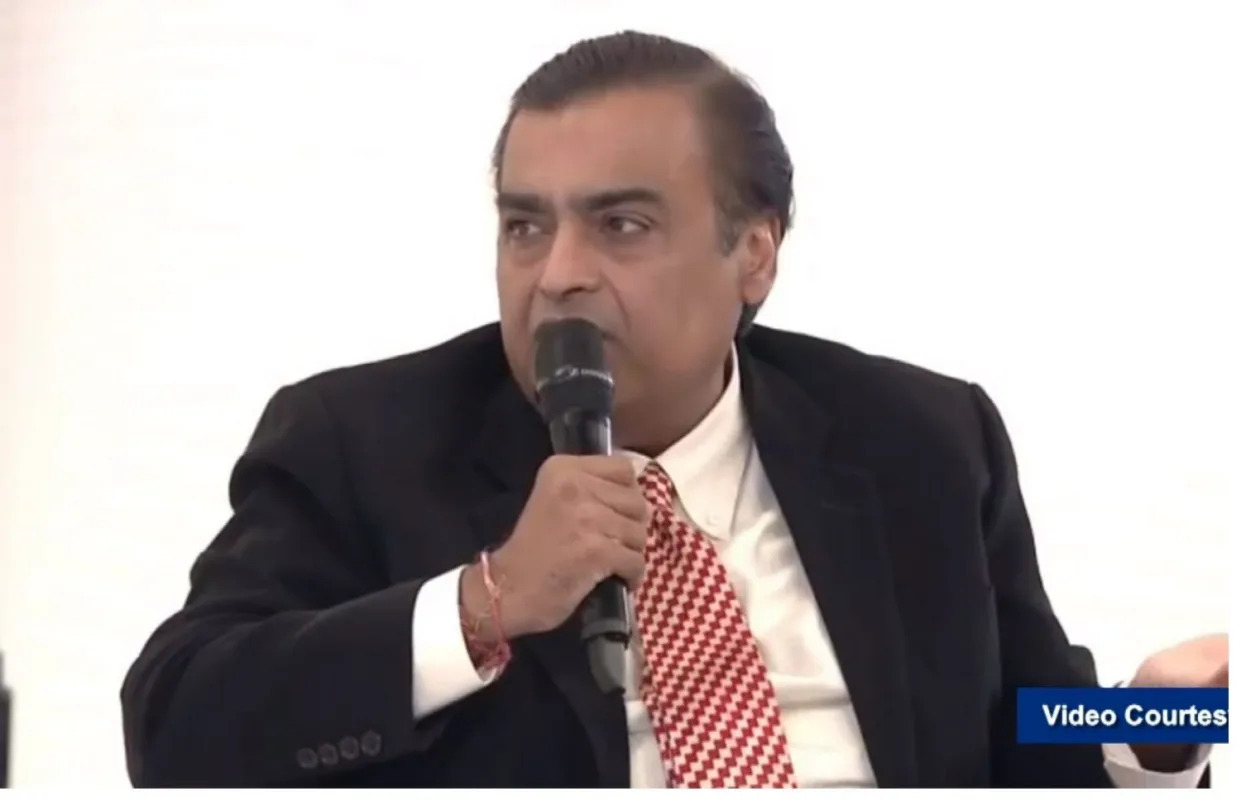Rita Liao
Mon, August 28, 2023
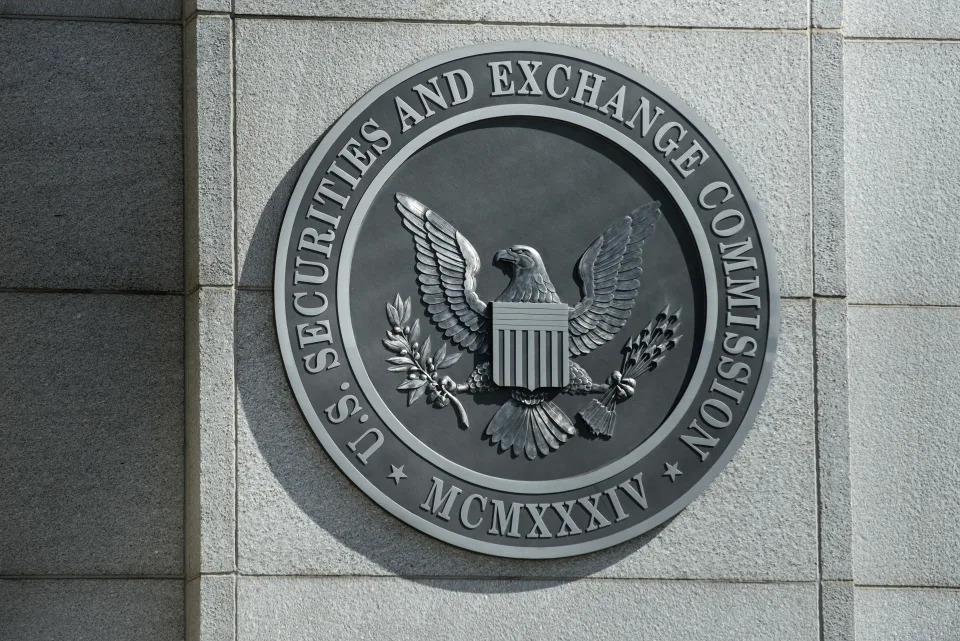
Image Credits: BRENDAN SMIALOWSKI / Staff / Getty Images
The U.S. Securities and Exchange Commission is suing a non-fungible token project, marking the first time the authority has taken enforcement action against a company for selling unregistered NFTs.
Impact Theory, a Los Angeles-based media company, "encouraged potential investors to view the purchase of Founder's Key [the company's NFT project] as an investment into the business, stating that investors would profit from their purchases if Impact Theory was successful in its efforts," the SEC order said, adding that the digital assets offered to investors were in the form of "investment contracts" and therefore "securities."
All in all, Impact Theory raised around $30 million from hundreds of investors, including those in the U.S.
The case is significant to the crypto industry, which has been hit with a flurry of regulatory clampdowns in the U.S., as it offers a clue for how NFTs could be regulated in the future. Many other NFT projects have used language that's similar to how Impact Theory marketed its digital assets, that is, touting their blockchain-based identifiers representing digital asset ownership as investment opportunities.
Impact Theory neither admitted nor denied the SEC's findings but agreed to pay more than $6.1 million in penalties to settle the allegations. The order also established a "Fair Fund" to compensate impacted investors as well as required Impact Theory to destroy all of its Founder's Key NFTs and eliminate any royalties that it might collect from secondary market transactions.
The company is not giving up on its NFT endeavor. In an X post, the founder of Impact Theory stressed that his company will ensure its future digital assets will be of utility rather than financial purposes:
"We will operate our go-forward business consistent with our good faith best understanding of all applicable laws, rules, and regulations, will make clear that all of Impact Theory’s digital assets are collectibles with utility within the exciting new landscape of Borderless Entertainment, and will fiercely discourage people from treating our digital assets as anything other than what they are—collectibles with utility. We will have more news on this in the coming weeks and months."
SEC director says ‘nothing has changed’ for enforcement even as the crypto industry rumbles
Allyson Versprille
Mon, August 28, 2023

(Bloomberg) -- Wall Street’s main regulator expanded its crackdown on crypto products Monday by accusing a Los Angeles-based media and entertainment company of offering nonfungible tokens that were really unregistered securities.
The US Securities and Exchange Commission alleged that Impact Theory LLC raised approximately $30 million from hundreds of investors through its NFT offerings. The SEC said the offerings should have been registered with the agency, and that Impact Theory had agreed to pay more than $6 million to settle the allegations.
The settlement marks the agency’s first enforcement action on NFTs, solidifying another front in its clampdown of crypto products that the SEC says are really securities under its remit. Since at least last year, the regulator has been scrutinizing creators of NFTs and exchanges where they trade.
Impact Theory agreed to the monetary penalty and to a cease and desist order, without admitting or denying the SEC’s allegations.
The company in a statement said it is focused on the future of its business following the settlement. “Although we are disappointed that the SEC has chosen to broadly question the exciting technical innovations that make digital assets possible through the lens of the securities laws, we remain optimistic for the future of this industry in the United States, and hope we remain the global home of innovation,” Impact Theory said.
According to the SEC, Impact Theory sold three tiers of NFTs, which it called Founder’s Keys, and told investors to view them as investments in the business. Impact Theory said it was “trying to build the next Disney,” and that if it was successful, NFT holders would get “tremendous value” for their purchases, the regulator said.
Republican SEC Commissioners Hester Peirce and Mark Uyeda issued a dissenting statement, saying they didn’t agree with how the regulator in this case applied a decades-old legal test to determine when a product is an investment contract.
“The NFTs were not shares of a company and did not generate any type of dividend for the purchasers,” the commissioners said.
(Updates with comment from the company beginning in the fifth paragraph.)
Bloomberg Businessweek

